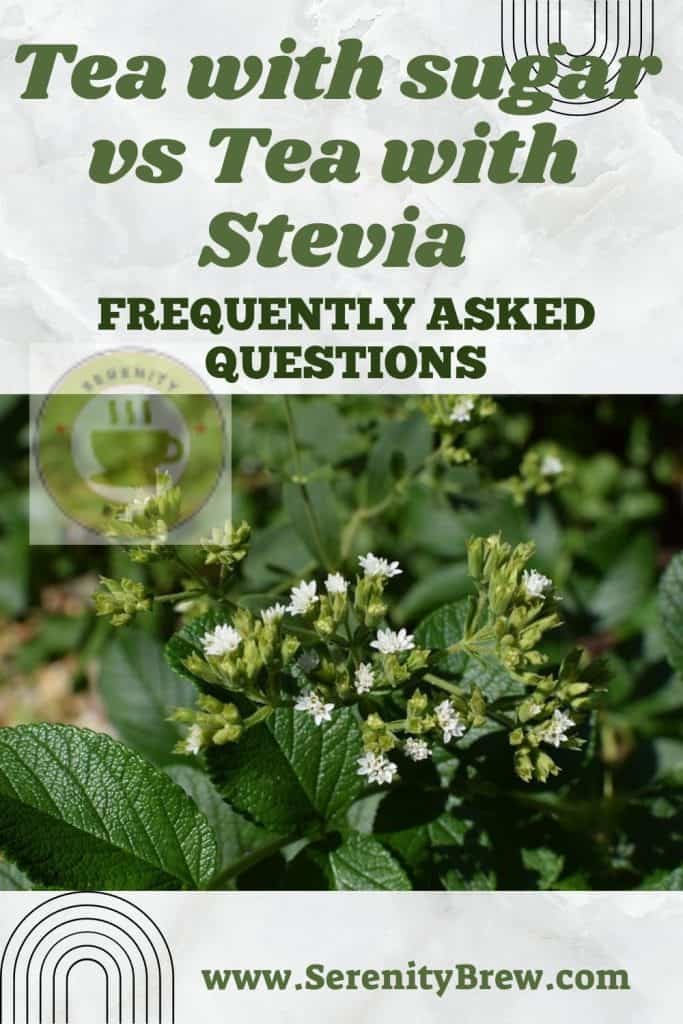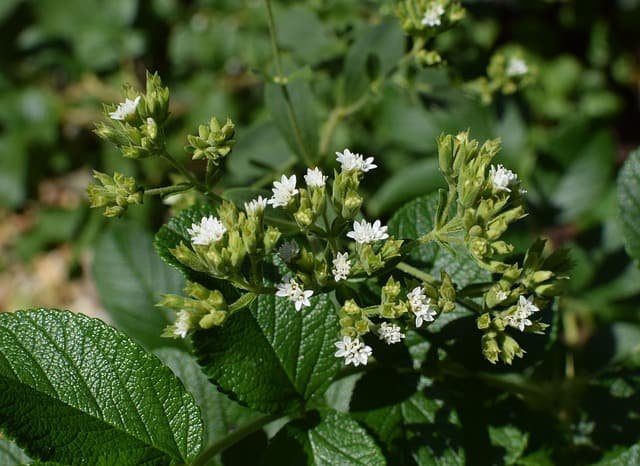
Why do doctors recommend giving up sugar and replacing it with Stevia? That a sweetener is so delicious, without calories and also good for your health seems too perfect to be true.
That a sweetener is delicious, without calories and also good for your health seems too perfect to be true.
What is Stevia?
Stevia or Stevia is obtained from the leaves of a plant native to Paraguay called Stevia rebaudiana , where it has been used as a sweetener for centuries. The Guarani name is Ka’a he’e and from there its use has spread to several South American countries and to Japan, where it has been marketed for several decades.
To grow it, the plant requires a lot of sun, humidity and is not very resistant to drought. The chemical components that give it its sweetening power are glycosides called “steviosides” and “rebaudiosides”, from the sucrose family but 300 times sweeter than it.
Is the liquid or powdered Stevia that is sold in the market natural?
Not always . Although both liquid Stevia and individual packets or boxes of Stevia powder contain plant components, clarifiers are added to make it white, since natural Stevia is green.
To make the sweetening powder or liquid, the leaves of the plant are dried, crushed and immersed in water to extract the sweetening glycosides.
After several filtrations with activated carbon to remove the rest of the organic matter, the mixture is subjected to electrolysis to eliminate minerals. What remains is the Stevia extract that is dried, clarified with resins, and ready to be ground up and used as a sweetener.
Undoubtedly, in these industrial processes, the aromatic properties and complex flavors of the plant are lost, and others that can be toxic are added, although they retain their sweetening power. Whenever you buy, read the labels to find out if they have any other additions.
Of course you can grow a plant yourself and always have Stevia on hand! Or you can buy Stevia in crushed leaves , in an airtight container that is very profitable since a pinch is enough to sweeten coffee, teas, juices, desserts, cereals, etc.
The most natural and practical thing is to savor the exquisite teas that already come with Stevia leaves and enjoy all its natural aromas and flavors.
Why should I stop using sugar?
Well, doctors and scientists no longer have any doubts that obesity as a global epidemic is due to the consumption of sugary drinks, especially the well-known soft drinks. But also the juices, cookies, snacks, sweets and other delicacies that make up more than half of what we buy in the market.
In fact, for several decades it has been known that the sugar in these industrialized foods is responsible for obesity, aggravates type 2 diabetes, causes cardiovascular problems, increases blood pressure, causes cavities, and other serious problems .
As you can imagine, the economic and political power of these large multinationals (just a couple of companies make all the products with sugar!) prevented these studies from coming to light.
Finally, in 2016 the World Health Organization officially launched a program to reduce the consumption of these sugary drinks by asking the government to apply high taxes. And he is blunt when he says:
“From a nutritional point of view, people do not need any type of sugar in their diet.”
At the educational level, most governments have begun to incorporate healthy canteens in schools, where natural or sugar-free products are sold, and we hope that the new generations are more aware of what really feeds them. Stevia then emerges as the ideal sweetener for this life change.
But don’t I need sugar to live?
Yes, you need it for all your cells to function, including those in your brain. But fresh and dried fruits, cereals, vegetables and even dairy products naturally contain sugars and that is enough to lead a healthy life.
If you still want to add sugar to your food, the WHO indicates that you do not add more than 25 grams per day (10 grams in children), which would be 5 teaspoons or 1.5 tablespoons.
A can of cola drink has 40 grams of sugar, more than the recommended daily dose.
It is a common belief that brown sugars, cane sugars, honey, etc. are less harmful -or healthier- for health than refined or white ones. But from the point of view referred to by the WHO, all sugars are at the same level of calories and can cause obesity when abused .
As for elite athletes, the consumption of extra sugar would be indicated in marathon competitions or cycling races. But currently, trainers recommend using natural products, such as fruits, to get that extra fuel they need.
I am diabetic. Can I use Stevia?
Not only can you, but you should. In fact, diabetologists were the first to recommend Stevia to their patients, and many people learned of its existence because they had a diabetic family member or friend.
Scientists have proven that Stevia is excellent for controlling diabetes for several reasons:
– Because it replaces the use of sugar
– Because it increases the effectiveness of insulin
– Because it improves renal activity and lowers blood pressure associated with diabetes
So if you are diabetic replacing all the sugar you drink or eat with Stevia may be a mandate.
Is it true that Stevia produces addiction?
No, Stevia does not produce any kind of addiction.
What produces addiction, as is well known, is sugar. Scientists have studied this effect of glucose: we like sweet things so much because eating them stimulates the production of dopamine in the brain. This substance is associated with feelings of pleasure and reward, and since, after all, that is what human beings appreciate the most, we increasingly want more sugar to obtain more pleasure.
Is Stevia perfect? Or does it have any drawbacks?

Like everything in life, there is always some imperfection, and in this case there is a point where Stevia is at a disadvantage compared to sugar. And it shows in the kitchen .
Stevia does not fully replace sugar when we cook jams or breads. This is because it does not thicken or caramelize (in the first case) and it does not brown the bread or act together with the yeast to raise the dough.
Some tricks you can use to fix this are:
– In jams , reduce the amount of sugar by half and replace the rest with a little Stevia (remember that you have to use 300 times less by weight or volume). To make the jam thicken, unflavored gelatin is commonly used.
– In the breads , you should use the minimum of sugar so that the yeast rises (3 tablespoons per kilo of flour) and use Stevia to give it a sweet taste. So that the crust remains golden you can paint it with egg yolk.
